Types of Electric Trailer Trolley
An electric trailer trolley is specialized material handling equipment designed to lift and transport loads efficiently within defined areas. These versatile tools significantly enhance productivity while reducing workplace injury risks in warehouses, factories, retail environments, and construction sites.
Industry Insight: According to material handling industry data, using electric trailer trolleys can increase operational efficiency by up to 40% while reducing manual handling injuries by up to 60% compared to manual alternatives.
Electric Chain Hoist
This versatile trolley utilizes a chain mechanism wrapped around a motor-driven hoist wheel for precise vertical lifting. The electric motor provides excellent control for heavy loads without requiring significant manual effort.
Best for: Precision lifting tasks, controlled movement of heavy items, manufacturing and assembly operations
Wire Rope Hoist
Featuring durable wire ropes instead of chains, these trolleys handle more extensive lifting applications with greater stability. The wire rope construction provides superior durability under continuous heavy use.
Best for: Construction projects, heavy manufacturing, repeated high-capacity lifting operations
Beam Trolley
Designed specifically for overhead transport, beam trolleys mount directly to overhead beams for horizontal movement of suspended loads. Available in manual, electric, and air-powered variants to suit different operational needs.
Best for: Assembly lines, warehouses with overhead beam systems, production facilities
Suspension Trolley
These specialized trolleys suspend from overhead tracks or beams, allowing for smooth left-to-right movement along predefined paths. Their suspended design maximizes floor space while enabling efficient material transport.
Best for: Space-constrained environments, defined material flow paths, retail backrooms
Push Electric Trolley
Lightweight and manually operated, these trolleys feature electric components for lifting while requiring manual pushing for horizontal movement. Their simple design makes them economical and easy to maintain.
Best for: Short-distance transport, smaller facilities, budget-conscious operations
Powered Electric Trolley
Self-propelled with electric drive motors, these sophisticated trolleys eliminate manual pushing, making them ideal for heavy loads and long-distance transport. The motorized propulsion system reduces operator fatigue.
Best for: Long-distance material movement, heavy loads, continuous operation environments
| Trolley Type | Primary Function | Load Capacity Range | Best Applications |
|---|---|---|---|
| Electric Chain Hoist | Vertical lifting | 250kg - 5 tons | Manufacturing, assembly |
| Wire Rope Hoist | Heavy vertical lifting | 1 ton - 10+ tons | Construction, heavy industry |
| Beam Trolley | Overhead horizontal movement | 500kg - 15 tons | Warehouses, production lines |
| Suspension Trolley | Tracked horizontal movement | 200kg - 3 tons | Retail, confined spaces |
| Push Electric Trolley | Assisted material transport | 100kg - 1 ton | Small operations, short distances |
| Powered Electric Trolley | Self-propelled transport | 500kg - 5 tons | Large facilities, frequent use |
| Forklift Attachments | Specialized lifting | Varies by forklift capacity | Distribution centers, difficult materials |
Specifications and Technical Details
Understanding the technical specifications of electric trailer trolleys is crucial for selecting the right equipment for your specific operational needs. These specifications determine performance capabilities, operational limitations, and overall suitability for different applications.
Load Capacity
Electric trailer trolleys are engineered to handle specific weight ranges, from several hundred kilograms to multiple tons. When selecting a trolley, the maximum load capacity should exceed your typical operational requirements by at least 20% to ensure safety and equipment longevity.
Pulling Power
Determined by motor specifications (typically ranging from 400W to 3+kW), pulling power directly affects the trolley's ability to transport heavier loads and overcome resistance. Higher motor power correlates with greater pulling capability and smoother operation under load.
Battery Specifications
Battery capacity (measured in Ah) and voltage (typically 24V, 36V, or 48V) determine operational runtime between charges. Modern trolleys utilize various battery technologies including:
- Lithium-ion: Lightweight, fast-charging, longer lifespan
- Lead-acid: Cost-effective, reliable, requires maintenance
- Maintenance-free: Sealed design, reduced service requirements
Construction Material
The frame and structural components significantly impact durability, weight capacity, and operational lifespan:
- Steel: Maximum durability and strength, heavier weight
- Aluminum: Corrosion-resistant, lightweight, good strength-to-weight ratio
- Reinforced polymers: Cost-effective, lightweight, moderate durability
Wheel Configuration
Wheel design significantly impacts mobility and terrain capability:
- Solid rubber: High load capacity, puncture-proof, ideal for smooth surfaces
- Pneumatic: Better shock absorption, improved traction on uneven surfaces
- Polyurethane: Floor-friendly, low rolling resistance, good durability
Braking System
Safety-critical braking systems vary by design and application:
- Electric: Responsive, regenerative capabilities, lower maintenance
- Hydraulic: Superior stopping power, ideal for heavy loads
- Mechanical: Simple design, reliable operation, requires adjustment
Speed and Control
Operational speed capabilities depend on design purpose and safety considerations:
- Variable speed control: Provides operational flexibility
- Speed limiters: Ensures safe operation in different environments
- Typical range: 0.5-5 km/h depending on model and application
Frame Construction
Frame design balances strength, stability, and ergonomics:
- Welded construction: Maximum durability and rigidity
- Modular design: Adaptable configurations for different applications
- Ergonomic considerations: Operator comfort and safety features
Maintenance Best Practices
Proper maintenance extends equipment lifespan, ensures operational safety, and maximizes return on investment. Following these established maintenance protocols will help keep your electric trailer trolley functioning optimally for years:
| Maintenance Task | Frequency | Importance | Key Details |
|---|---|---|---|
| Regular Cleaning | After each use / Weekly | High | Remove debris, dust, and contaminants that can affect mechanical components and electrical connections |
| Battery Maintenance | Weekly check / Monthly service | Critical | Check terminals for corrosion, monitor fluid levels in non-sealed batteries, follow charging protocols |
| Tire Maintenance | Weekly | High | Check pressure in pneumatic tires, inspect for wear patterns, damage, and embedded objects |
| Lubrication | Monthly | Medium-High | Apply manufacturer-recommended lubricants to wheels, axles, bearings, and other moving components |
| Brake System Check | Monthly | Critical | Inspect brake pads, discs, shoes, and hydraulic lines; test responsiveness and stopping distance |
| Comprehensive Inspection | Quarterly | High | Professional assessment of frame, steering, electrical systems, and safety features |
| Scheduled Professional Service | Annually or per manufacturer | Critical | Complete servicing according to manufacturer guidelines, including parts replacement |
Safety Warning: Always disconnect power sources before performing maintenance on electrical components. Follow lockout/tagout procedures to prevent accidental startup during maintenance operations.
How to Choose the Right Electric Trailer Trolley
Selecting the optimal electric trailer trolley requires careful consideration of several key factors that will determine its effectiveness for your specific operational needs. This comprehensive selection guide will help you make an informed decision:
Capacity Assessment
The trolley's load capacity should exceed your maximum anticipated load by at least 20-25% to ensure safety and mechanical longevity. Consider both weight and dimensional requirements:
- Maximum load weight (including any potential future needs)
- Dimensional constraints of typical loads
- Safety margins required for your industry
Spatial Considerations
Evaluate the physical environment where the trolley will operate to ensure compatibility:
- Available headroom for overhead systems
- Aisle width and turning radius requirements
- Storage space when not in use
- Doorway and passage clearances
Power Supply Compatibility
Select a power system that aligns with operational requirements:
- Battery capacity for typical work cycles without interruption
- Charging infrastructure availability
- Voltage compatibility with existing systems
- Runtime requirements between charges
Safety Features
Prioritize models with robust safety systems to protect operators and materials:
- Overload protection and warning systems
- Emergency stop mechanisms
- Stability enhancements for load security
- Operator protection features
- Compliance with industry safety standards
Terrain Capability
Match the trolley's mobility features to your operational environment:
- Surface conditions (smooth, rough, inclined)
- Indoor vs. outdoor requirements
- Gradient handling capabilities
- Weather exposure considerations
Build Quality & Durability
Assess construction quality as an indicator of long-term reliability:
- Frame material and construction method
- Component quality and engineering standards
- Weather and environmental resistance
- Manufacturer reputation and warranty offerings
Maintenance Requirements
Consider the ongoing maintenance commitment required:
- Accessibility of serviceable components
- Availability of spare parts
- Service interval frequency
- Specialized maintenance skill requirements
- Diagnostic system availability
Total Cost of Ownership
Look beyond the initial purchase price to understand the complete investment:
- Initial acquisition cost
- Operational costs (energy, maintenance)
- Expected service life
- Residual value considerations
- Productivity gains vs. manual alternatives
Selection Insight: Request a demonstration or trial period before making a final purchase decision. This hands-on experience will reveal practical considerations that specifications alone might not address.
DIY Replacement and Maintenance Guidelines
While complex electric trailer trolleys require professional service for major repairs, many maintenance tasks and basic replacements can be performed safely with proper knowledge and tools. Follow these guidelines for DIY maintenance and component replacement:
Safety First: Always disconnect power sources and batteries before attempting any maintenance or repair work. Use appropriate personal protective equipment including gloves and eye protection.
Pre-Replacement Assessment
Before attempting any DIY replacement, proper preparation is essential:
DIY-Appropriate Replacement Tasks
The following components are generally suitable for DIY replacement with proper preparation:
| Component | DIY Difficulty | Tools Required | Special Considerations |
|---|---|---|---|
| Wheels/Tires | Low-Medium | Wrenches, jack stands | Ensure proper alignment and torque specifications |
| Batteries | Low | Insulated tools, terminal cleaner | Observe polarity, handle batteries carefully, dispose of old batteries properly |
| Control handles/switches | Medium | Screwdrivers, pliers, electrical tape | Label wires before disconnecting, test functionality before full reassembly |
| Brake pads | Medium | Wrenches, brake cleaner | Always replace in complete sets, verify proper alignment |
| Basic wiring connections | Medium | Wire cutters, crimping tools, multimeter | Use proper gauge wire, heat-shrink connections, test before use |
Components Requiring Professional Service
The following components generally require professional expertise due to complexity, safety concerns, or specialized tools:
- Motor replacement or rebuild
- Hydraulic system components
- Electronic control boards
- Structural frame repairs
- Gear systems and transmissions
- Complex wiring harnesses
Step-by-Step Replacement Process
Maintenance Tip: Create a maintenance log to track all repairs, replacements, and service intervals. This documentation helps identify recurring issues and assists with troubleshooting.
Frequently Asked Questions
Battery lifespan varies significantly based on several factors:
- Battery type: Lithium-ion batteries typically last 2,000-3,000 cycles (3-5 years), while lead-acid batteries average 500-1,000 cycles (1-3 years) under normal use.
- Usage patterns: Heavier loads and more frequent use accelerate battery wear.
- Charging practices: Proper charging protocols extend battery life. Avoid deep discharges and maintain recommended charge levels.
- Environmental conditions: Extreme temperatures reduce battery efficiency and lifespan.
- Maintenance quality: Regular terminal cleaning and proper water levels (for non-sealed batteries) significantly impact longevity.
Yes, several upgrade options can enhance performance:
- Battery upgrades: Higher capacity or newer technology batteries can extend runtime and provide more consistent power delivery.
- Motor optimization: In some models, motors can be upgraded or reconfigured for improved efficiency and power output.
- Wheel/bearing upgrades: Advanced materials and designs can reduce rolling resistance and improve maneuverability.
- Control system upgrades: Modern control systems offer enhanced precision, programmable features, and diagnostic capabilities.
- Structural reinforcements: Strategic reinforcement can increase load capacity within manufacturer guidelines.
Always consult with the manufacturer before making significant modifications to ensure safety and maintain any applicable warranties.
Some electric trailer trolleys are specifically designed for off-road applications, featuring:
- All-terrain wheels: Larger, pneumatic tires with aggressive tread patterns provide better traction on uneven surfaces.
- Enhanced ground clearance: Higher chassis design prevents bottoming out on rough terrain.
- Reinforced frames: Strengthened construction withstands increased vibration and stress.
- Powerful motors: Higher torque motors overcome resistance from soft or uneven ground.
- Weather-resistant components: Sealed electrical systems and corrosion-resistant materials handle outdoor exposure.
When selecting for off-road use, verify the specific terrain capabilities in the manufacturer's specifications rather than assuming all electric trolleys have off-road capability.
Electric trailer trolleys offer numerous customization possibilities:
- Size and configuration: Many manufacturers offer modular designs that can be adapted to specific dimensional requirements.
- Attachment options: Specialized attachments such as platforms, cradles, and clamps can be added for specific material handling needs.
- Control systems: User interfaces can be customized for specific operational requirements or operator limitations.
- Safety features: Additional safety systems like proximity sensors, load stabilizers, or warning lights can be integrated.
- Power systems: Alternative power configurations including solar supplementation or quick-change battery systems can be implemented for specific operational profiles.
Work with established suppliers who can provide engineering support for customizations to ensure safety and performance standards are maintained.
A comprehensive maintenance program includes:
- Daily visual inspections: Check for obvious damage, loose components, or fluid leaks before operation.
- Weekly cleaning: Remove debris, dust, and contaminants from all surfaces, paying special attention to electrical connections.
- Battery maintenance: Check charge levels, terminal cleanliness, and fluid levels (if applicable) according to manufacturer recommendations.
- Tire care: Monitor pressure, wear patterns, and damage; rotate or replace as needed for even wear.
- Lubrication schedule: Apply appropriate lubricants to bearings, wheels, and moving parts according to the maintenance schedule.
- Electrical system checks: Verify proper function of controls, monitors, and safety systems; look for damaged wiring or connections.
- Brake system maintenance: Inspect brake components for wear and proper adjustment; test stopping capability regularly.
- Professional servicing: Schedule comprehensive inspections and service by qualified technicians at intervals recommended by the manufacturer.
Maintaining detailed service records helps track maintenance history and identify potential recurring issues before they cause operational problems.
















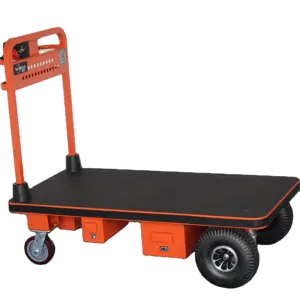

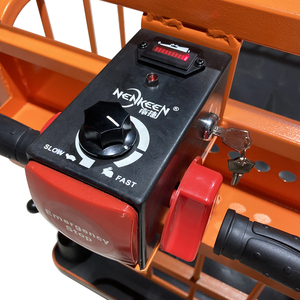
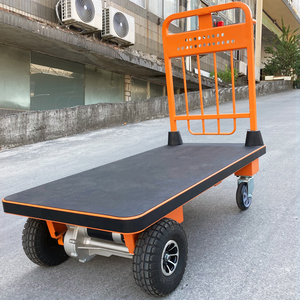




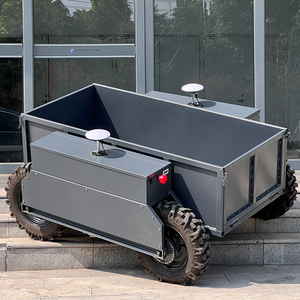
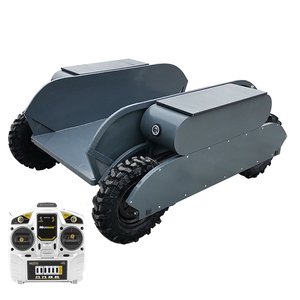





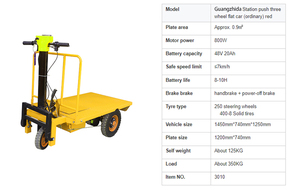
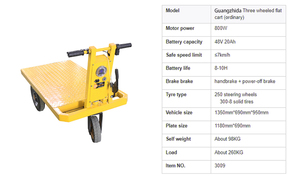



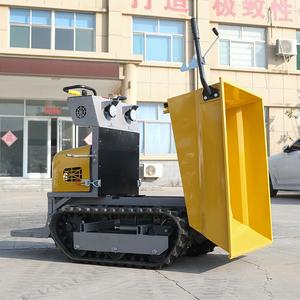

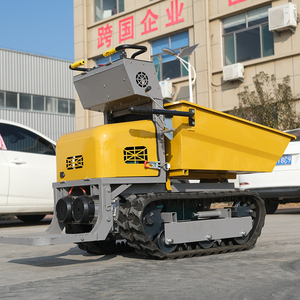


















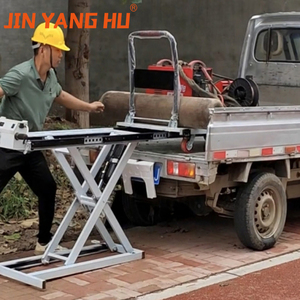












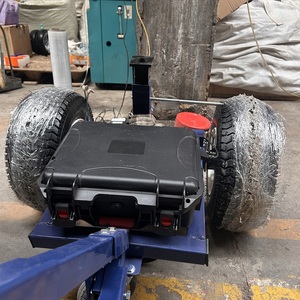
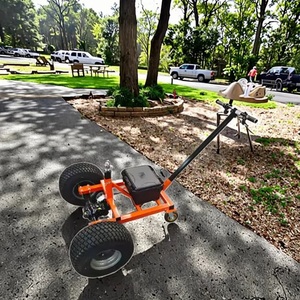
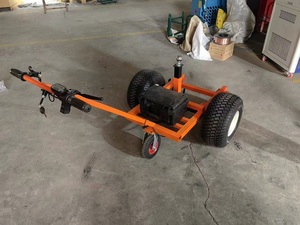


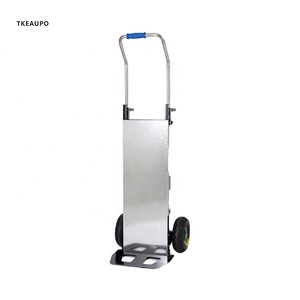


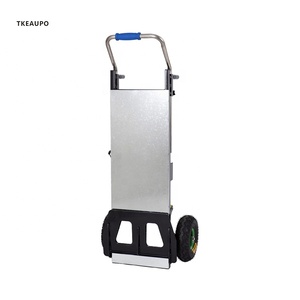















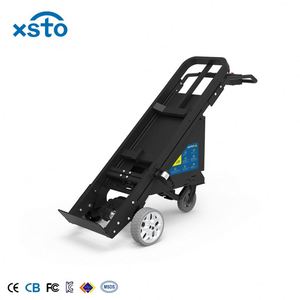



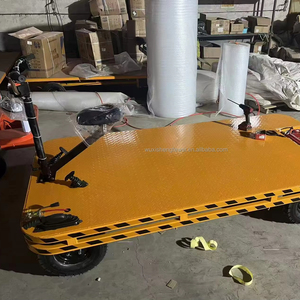

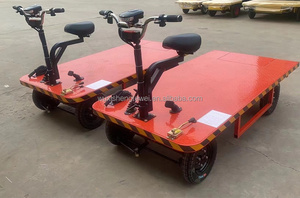


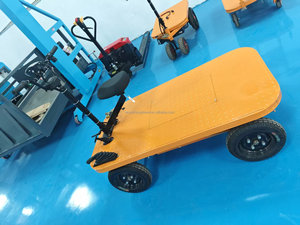








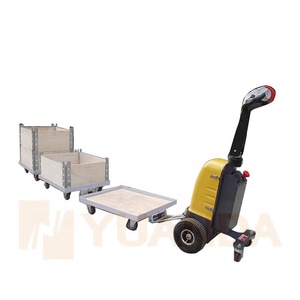
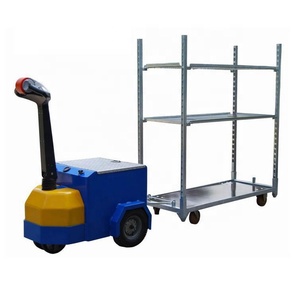
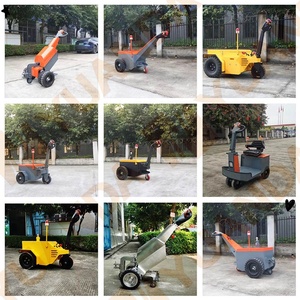

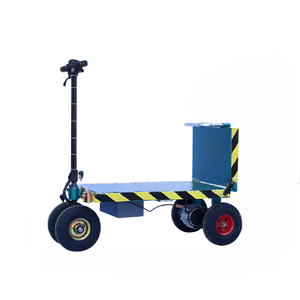


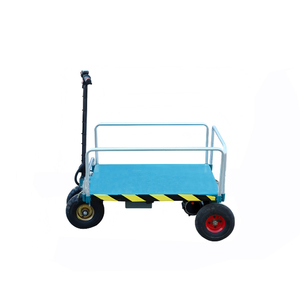


















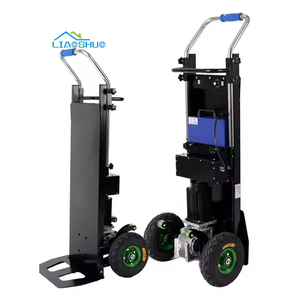
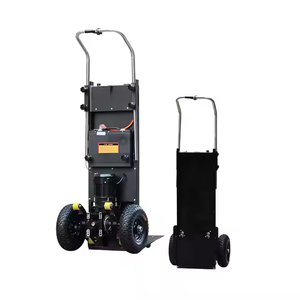
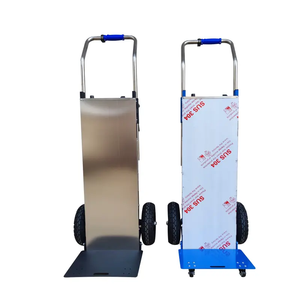





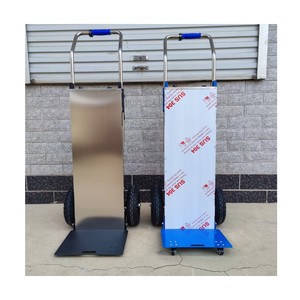

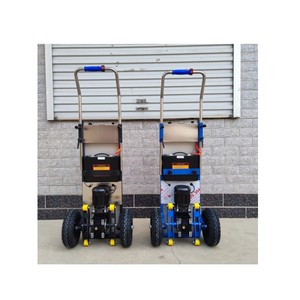







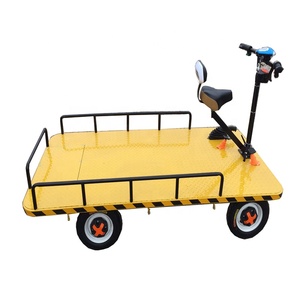






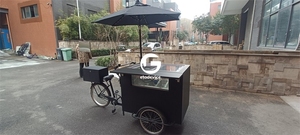




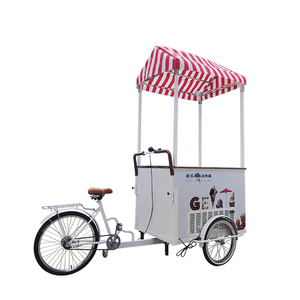

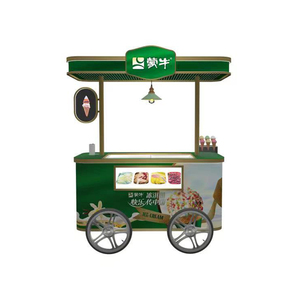

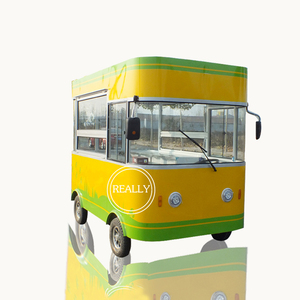



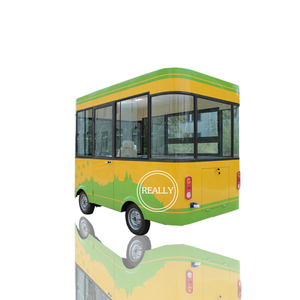







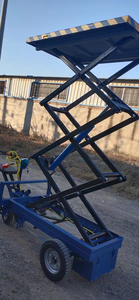
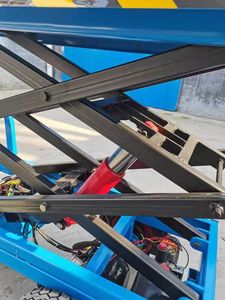






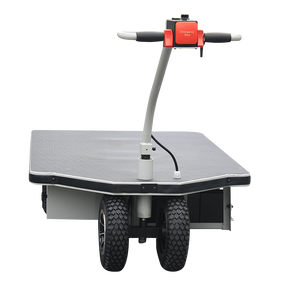

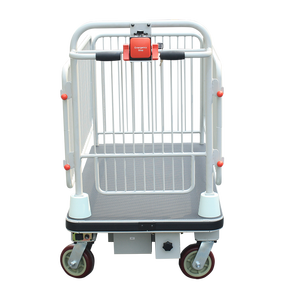


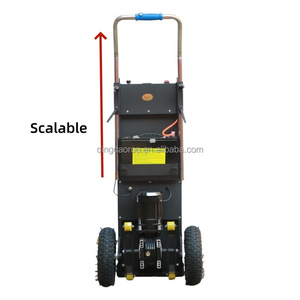









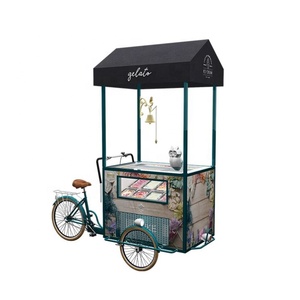



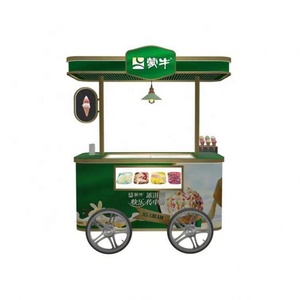


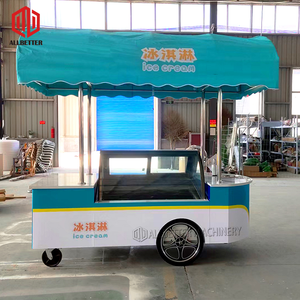
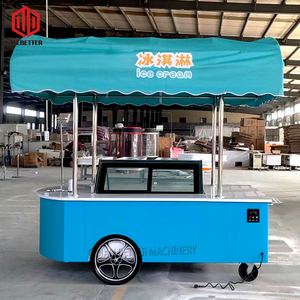


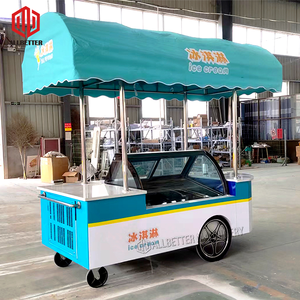









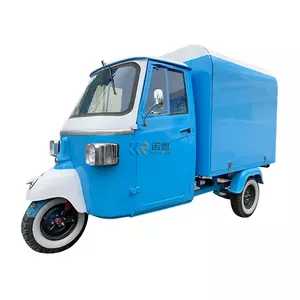




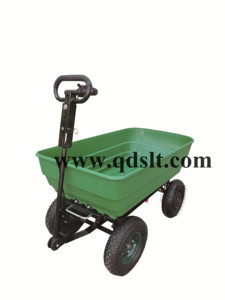



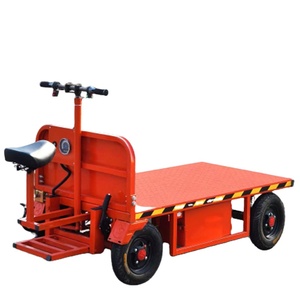



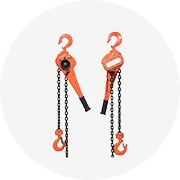
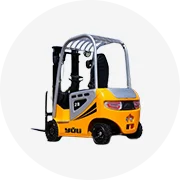
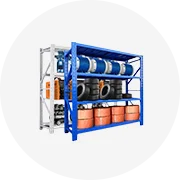






 浙公网安备 33010002000092号
浙公网安备 33010002000092号 浙B2-20120091-4
浙B2-20120091-4